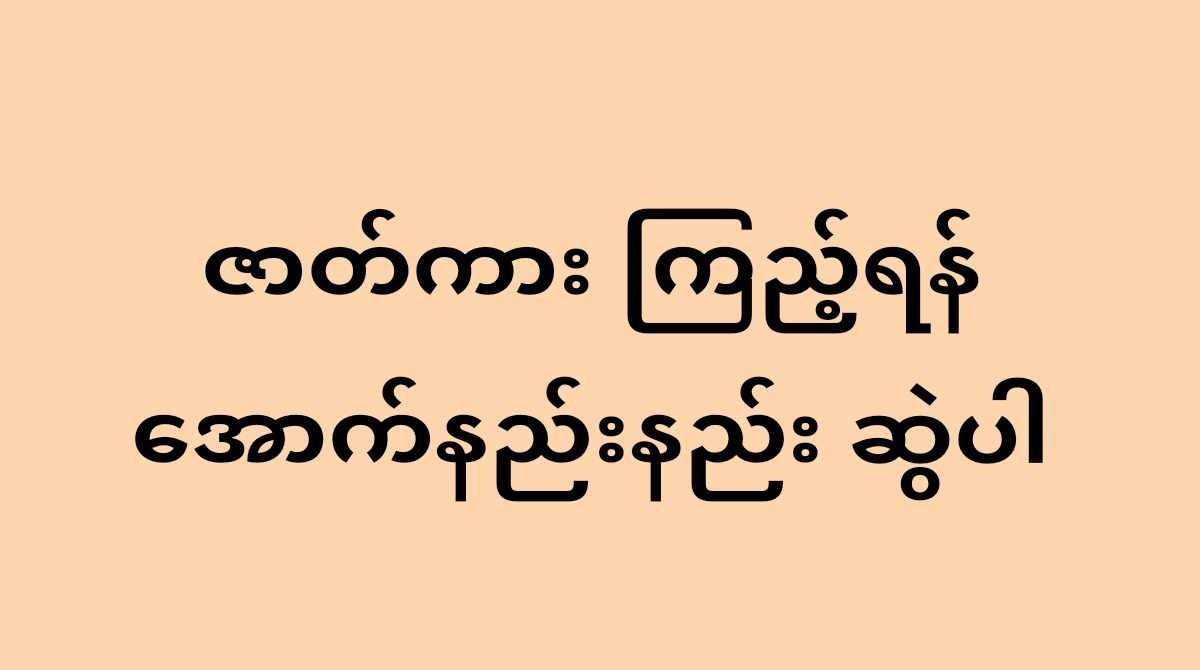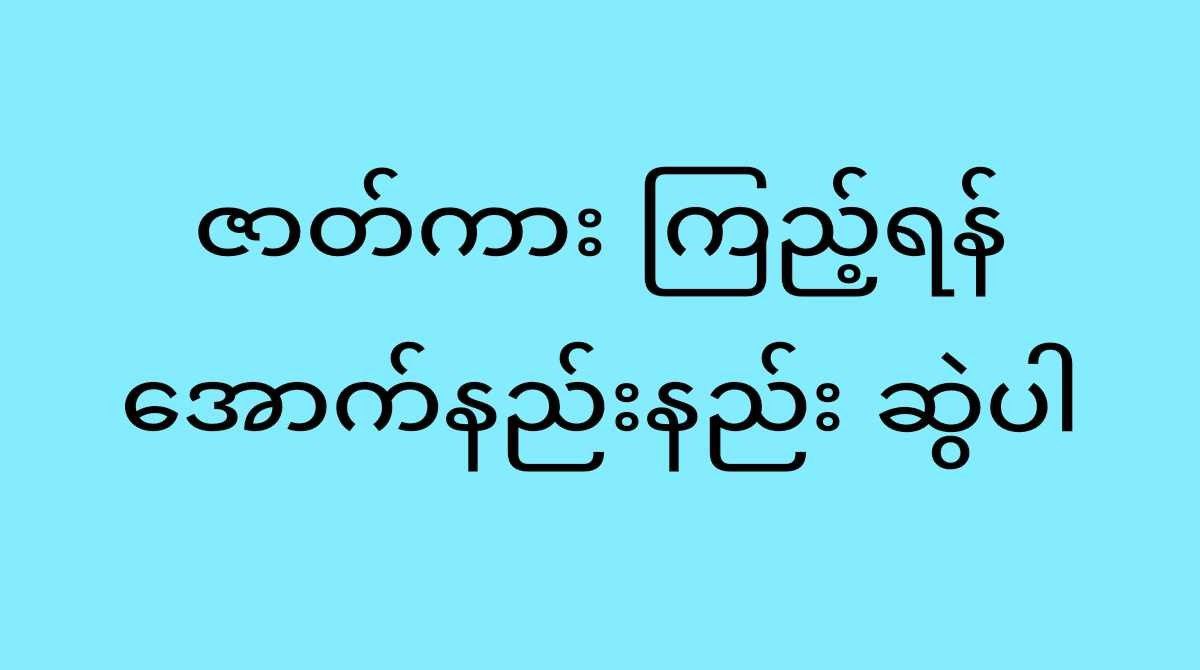When you’re healthy, you don’t think much about insurance. But when you get sick or injured, it can save you from big bills. That’s what health insurance is all about — it’s your safety net for life’s unexpected health problems.
Let’s break it down simply and clearly.
 🌟 What Is Health Insurance?
🌟 What Is Health Insurance?
Health insurance is a plan you pay for. In return, it helps cover medical expenses like:
-
Doctor visits
-
Hospital stays
-
Medicines
-
Surgeries
-
Lab tests
-
Emergency care
Some plans also cover dental care and eye care (vision), which are usually extra in most countries.
💰 How Does It Work?
You pay a premium — this is a monthly or yearly payment to the insurance company.
When you need medical care:
-
You visit the doctor or hospital.
-
They bill your insurance.
-
The insurance pays a big part of the bill.
-
You pay the rest (called copay or deductible).
🩺 What Does Health Insurance Cover?
Coverage depends on your plan, but usually includes:
| Service | Covered? |
|---|---|
| Doctor check-ups | ✅ Yes |
| Emergency room | ✅ Yes |
| Surgery | ✅ Yes |
| Lab tests | ✅ Yes |
| Prescription drugs | ✅ Yes |
| Dental cleaning/fillings | ❌ Maybe (needs dental plan) |
| Glasses or eye tests | ❌ Maybe (needs vision plan) |
 🦷 Dental and Vision Plans
🦷 Dental and Vision Plans
Health insurance usually does not include teeth or eye care. For that, you need extra plans:
🦷 Dental Insurance
-
Covers cleaning, fillings, tooth removal, braces.
-
Often has a yearly limit (like $1,000 or $2,000).
👓 Vision Insurance
-
Covers eye exams, glasses, contact lenses.
-
May give discounts on laser surgery (LASIK).
🧠 Why Is Health Insurance Important?
Without insurance, a simple hospital visit could cost thousands of dollars.
Here’s what it might cost without insurance:
-
Broken leg treatment: $7,500
-
ER visit: $1,200
-
Childbirth: $10,000–$30,000
With insurance? You may pay only 10–20% of those prices.
🧾 Words You Should Know
| Word | Meaning |
|---|---|
| Premium | Money you pay to keep the insurance active |
| Deductible | Amount you pay before insurance kicks in |
| Copay | Small fixed amount you pay per visit (e.g., $25 per doctor visit) |
| Out-of-pocket | Total you pay by yourself in a year |
| Network | Doctors/hospitals connected to your insurance plan |
 🧑⚕️ Example: Sarah’s Story
🧑⚕️ Example: Sarah’s Story
Sarah pays $300/month for health insurance.
She suddenly gets sick and goes to the hospital. The total bill is $5,000.
-
She pays her $500 deductible.
-
Insurance pays 80% of the rest.
-
She only pays $900 total.
Without insurance, she would pay the full $5,000 herself.
👨👩👧👦 Family Health Insurance
If you have a family, you can buy a family health insurance plan. It covers:
-
You (the policyholder)
-
Your spouse or partner
-
Your children (often up to age 26)
Some plans also include maternity and newborn care, which is important for growing families.
🏢 Where Can You Get Health Insurance?
-
From your job – Many companies offer plans to workers.
-
Government plans – Like Medicaid, Medicare, or national health systems.
-
Private insurance – You can buy your own plan if you’re self-employed or unemployed.
-
Marketplaces – Many countries offer online insurance marketplaces to compare plans.
🧠 Tips for Choosing the Right Plan
-
Check what’s covered – Don’t assume everything is included.
-
Know the deductible – Higher deductible means lower premium (and vice versa).
-
Stay in-network – You pay less when you use doctors within your plan’s network.
-
Compare plans – Use websites or agents to get the best deal.
-
Don’t skip dental and vision – Add them if you need teeth or eye care regularly.
📌 Summary
| Feature | With Insurance | Without Insurance |
|---|---|---|
| Monthly Premium | Yes | No |
| Doctor Visit | Covered (with copay) | Full price |
| Surgery | Mostly covered | Very expensive |
| Emergency Care | Covered | High cost |
| Peace of Mind | ✅ | ❌ |
✅ Final Thoughts
Health insurance isn’t just for the sick — it’s for everyone. Accidents happen. People get sick unexpectedly. Having health insurance means you can get care without fear of cost.
If you don’t have a plan, start looking now. Think of it as an investment in your health and future.
